The allure of a rock-bottom price tag can be strong, but when it comes to cars, it can also lead to serious buyer’s remorse and hefty repair bills. Some lower-range cars are excellent bargains, but others are cheap for a reason—poor design, terrible handling, or a list of common mechanical problems. Here’s a list of 15 cheap cars most owners regret spending money on.
Chrysler Sebring (2007–2010)
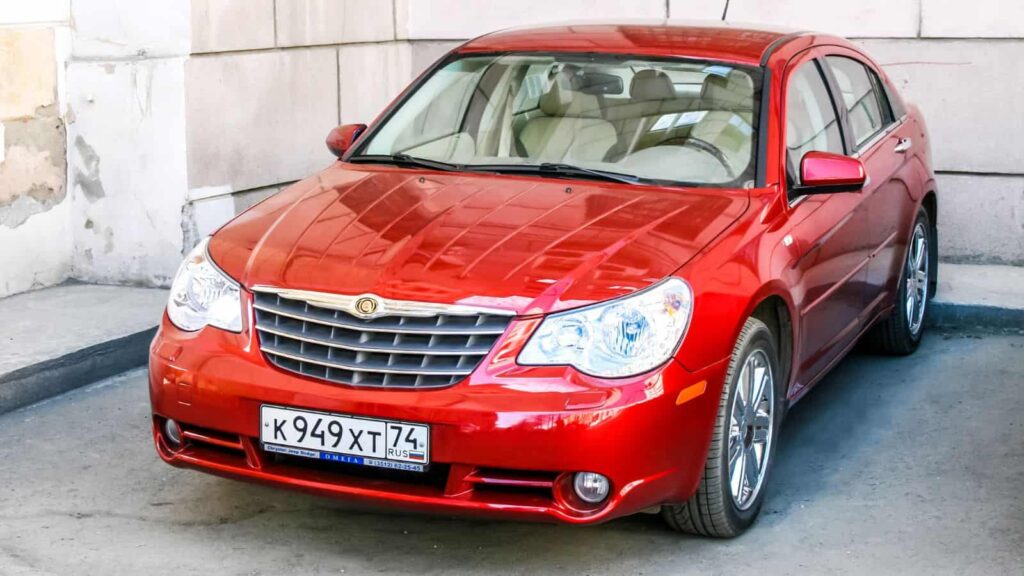
This redesigned mid-size sedan might appear like a steal, but Consumer Reports says you get what you pay for. It writes, “The passenger compartment is let down by an abundance of hard plastics, along with poor fit and finish. Ride and handling also leave much to be desired.” The Sebring also suffers from a transmission shudder at low speeds, excessive oil consumption, and electrical problems.
Dodge Nitro (2007–2011)
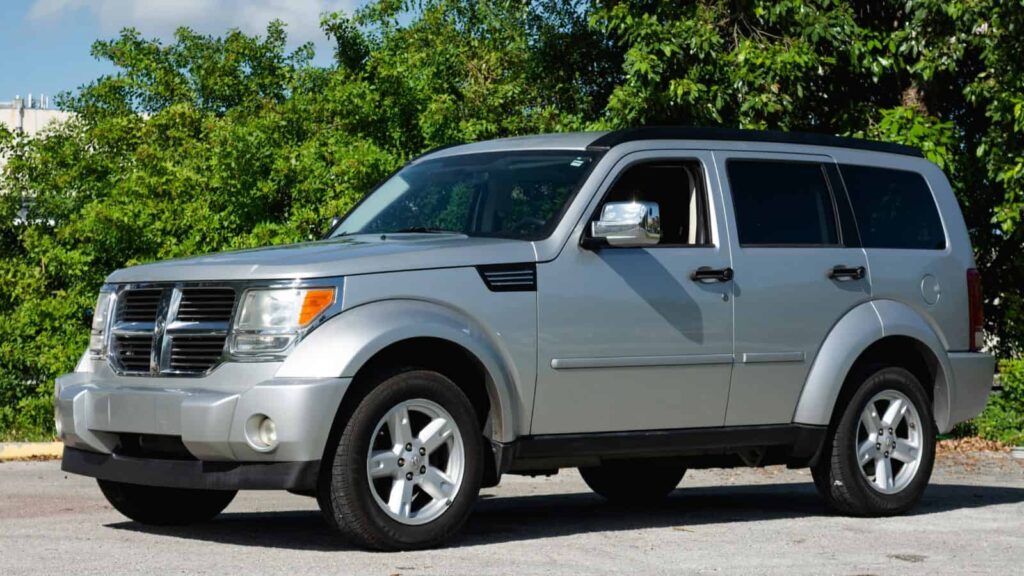
The Nitro is a cheap and boxy SUV with a strong, macho appearance. However, any money you save at the dealership will be quickly spent on gas. This model has an average combined fuel consumption of only 16 mpg. Despite this, it has a cramped interior, little cargo space, and an especially poor 4-speed automatic transmission known for rough shifting and premature failure.
Fiat 500 (up to 2014)
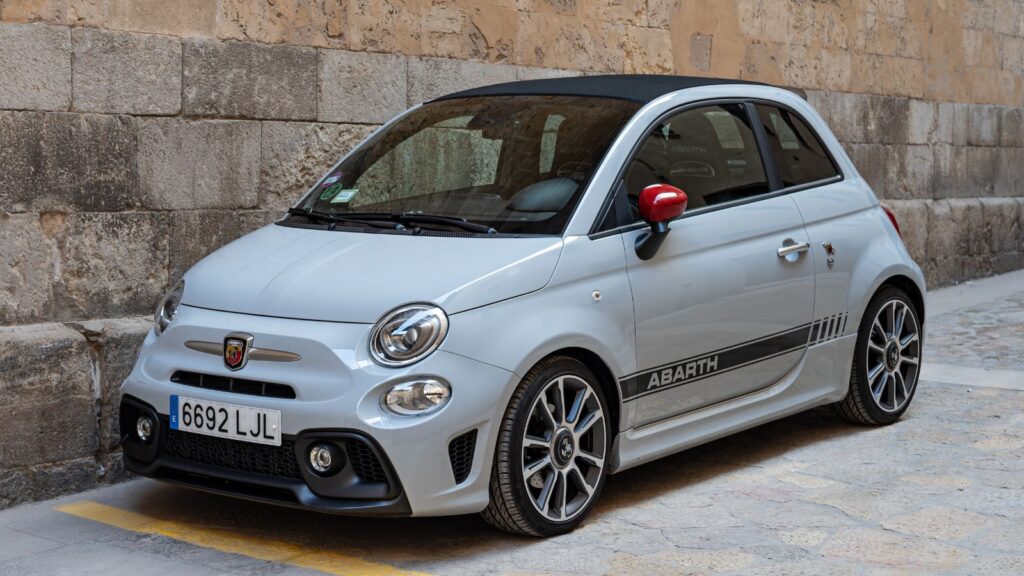
Those adorable Fiats might be cute, but earlier models are plagued with electrical problems that affect everything from the windows to the entertainment system. Spark plugs have a tendency to fail prematurely, and the engine is known for its above-average oil consumption, which could potentially lead to engine seizure if left unmonitored. Oh, and the transmission often malfunctions, too!
Ford Focus (2012–2018)
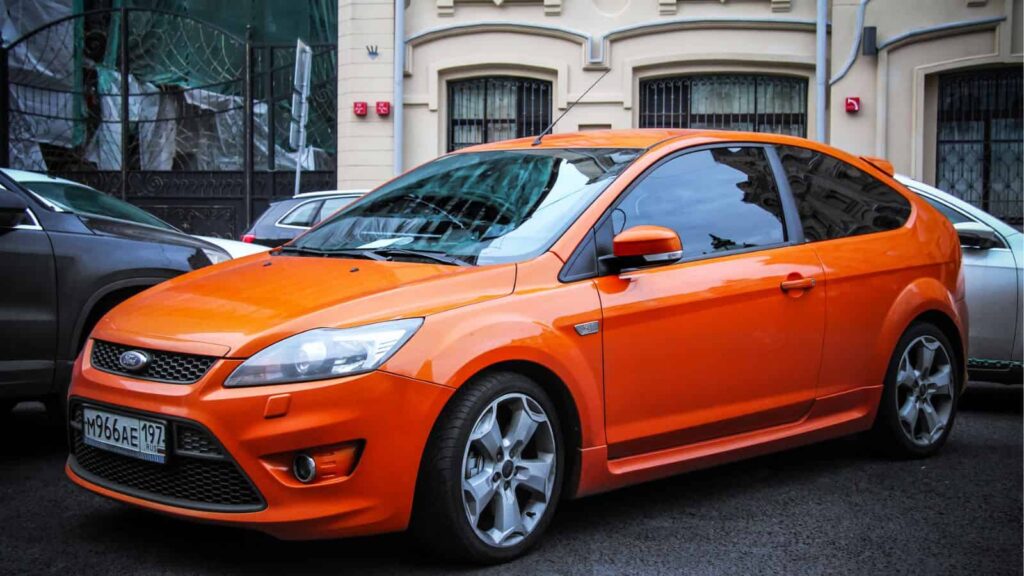
The Focus was once a popular and affordable compact car for families, but these particular model years often left owners with staggering repair costs. The so-called Powershift (dual-clutch automatic transmission) is prone to faults and shuddering, especially when the engine is cold. Some drivers even report that the transmission on their vehicles slipped or failed altogether.
Jeep Compass (2007–2017)
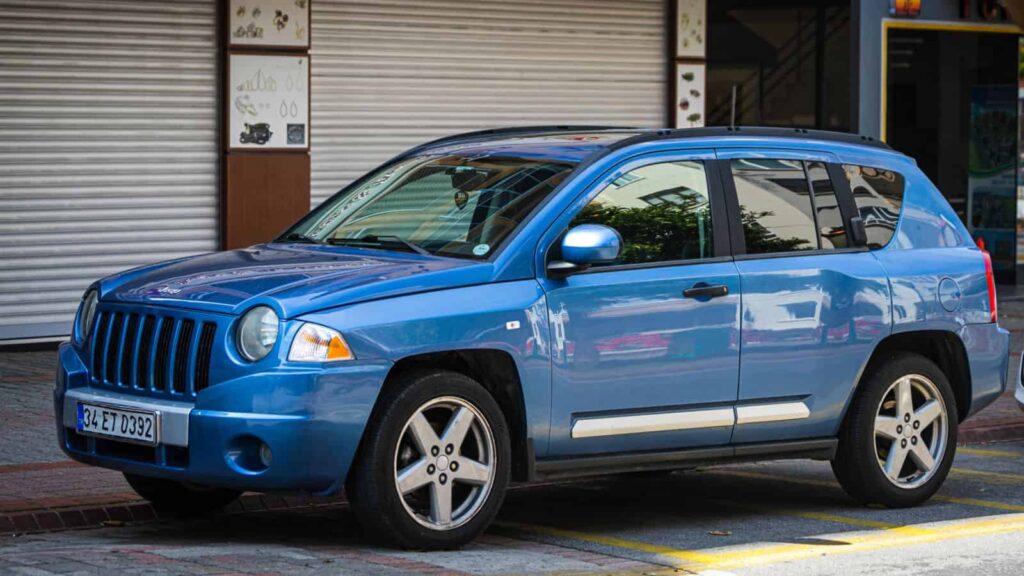
CoPilot warns, “It’s best to steer clear of the 2007, 2008, 2012, 2014, and 2018 model years. These particular years have been identified with more frequent issues, impacting their overall reliability and making them less desirable choices for the best Jeep experience.” Even if the price is attractive, the car is likely to develop suspension, steering, and electrical issues.
Kia Rio (2006–2011)
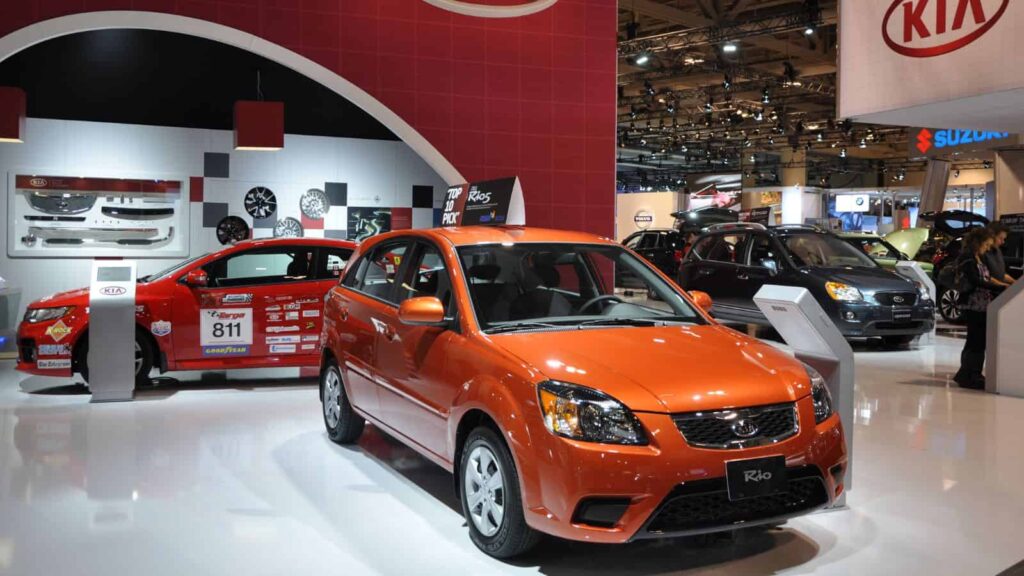
Early Rios were known for being stripped-down budget cars, lacking many of the safety features that are now standard on most modern vehicles. They are also famous for having defective engines, brakes, and electrical systems that require lengthy and costly repairs to correct. Owners also report premature brake wear, excessive oil use, and a cheap-looking cabin.
Nissan Versa (2007–2012)

This subcompact sedan frequently has a budget-friendly sticker price, but it is extremely uncomfortable thanks to its overly stiff suspension and noisy engine. The handling is also poor, making it a dull and disappointing car to drive. Safety is another concern, with the NHTSA awarding the Versa a comparatively low 3-star rating for frontal crash scenarios.
Scion xB (2004–2016)
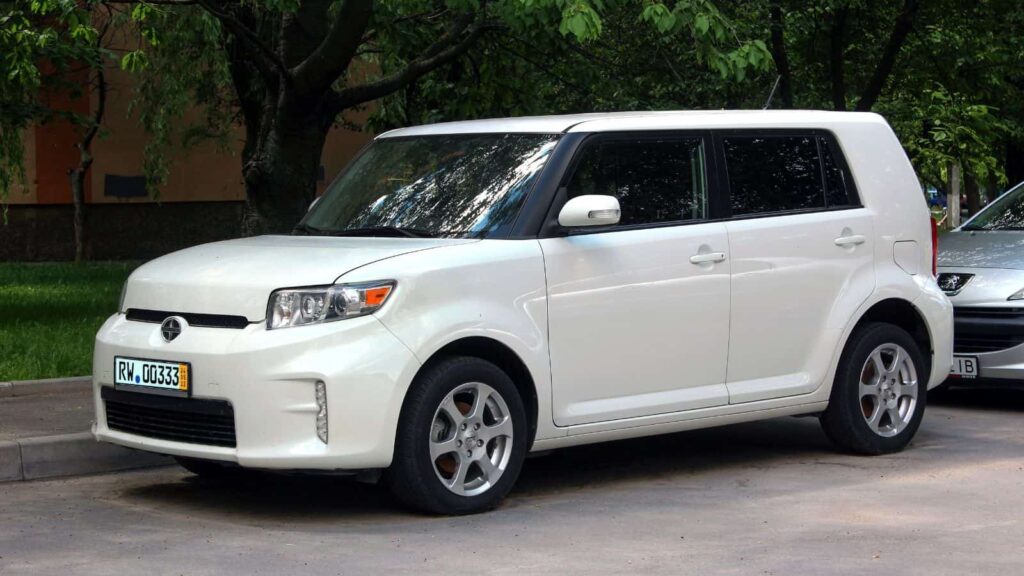
The Scion xB offered a unique, boxy look and plenty of cargo space at a low price, but it came at a significant cost to reliability and driver enjoyment. Road noise was a major complaint from owners, with the sound of the engine and road intruding heavily into the cabin. The sluggish 4-cylinder engine also struggled to provide adequate power, especially for highway driving.
Chevrolet Cobalt (2005–2010)
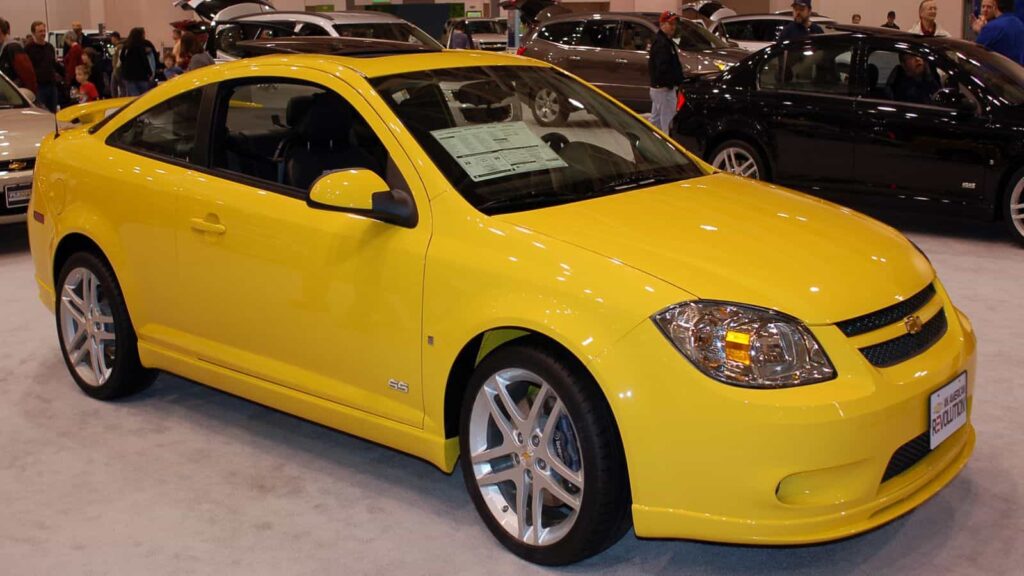
According to Kelley Blue Book, Cobalts made between 2005 and 2010 were recalled due to a known fault with the power steering, which could suddenly cease working at any time while driving. For anyone who bought one of these cheap sedans, the recall was inconvenient and stressful, and any driver not aware could even be putting their life at risk on the road.
Dodge Caliber (2007–2017)
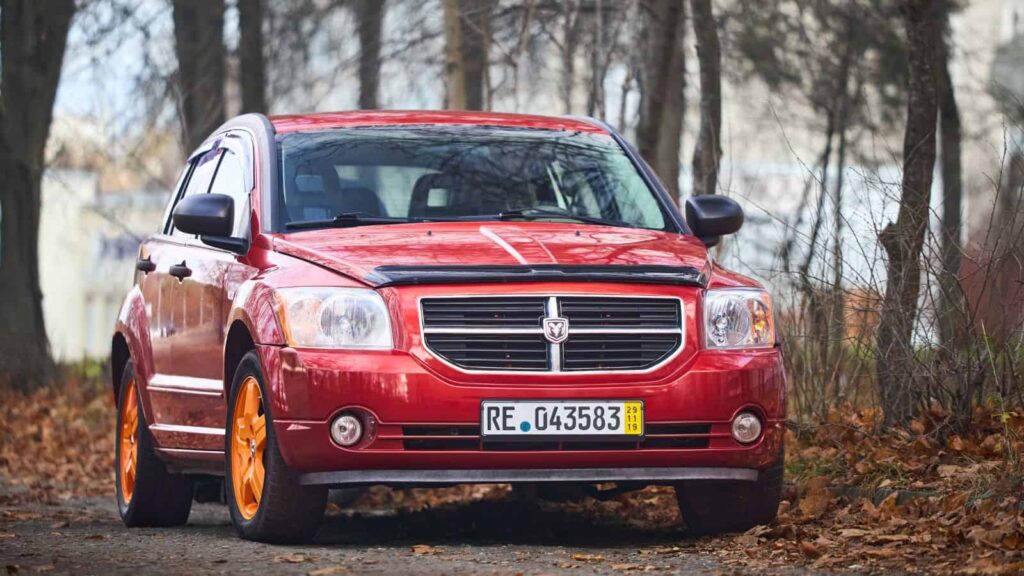
Consumers rated the Caliber poorly for its uninspired handling, sluggish acceleration, and low-rent interior. Although it was quite cheap to buy, it also scored relatively poorly on the NHTSA safety rating tests, being awarded only 3 stars for the risk of occupant death or injury from a front-end collision. There are much safer cars out there, so don’t buy this one!
Hyundai Accent (2006–2011)
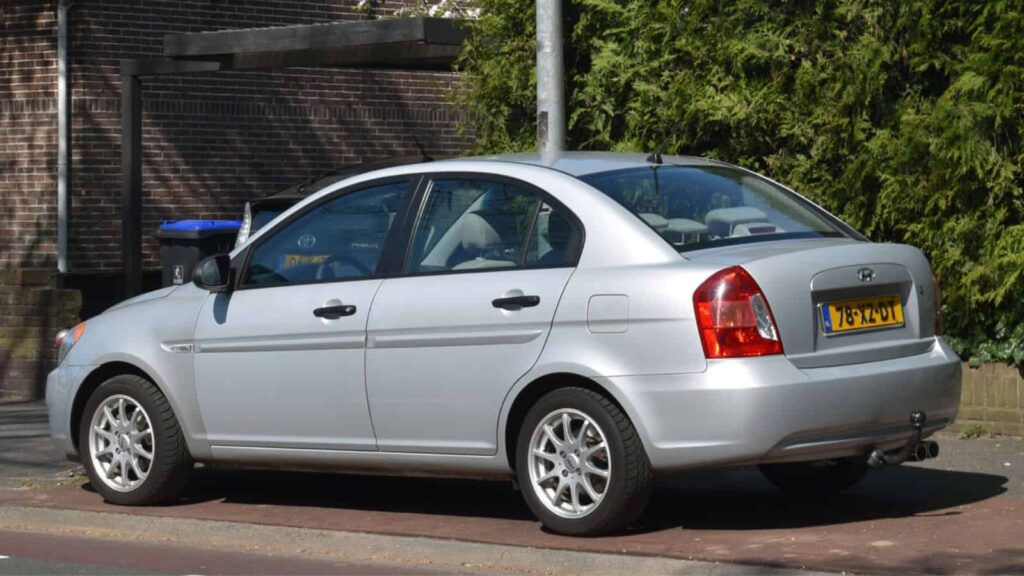
Early Accent models were known for being basic vehicles with very few frills or luxuries, which isn’t necessarily a bad thing. However, the underpowered engine struggled on hills and during highway merges, while owners said the interior was underwhelming, feeling cheap and poorly constructed. They also complained about the road noise and weren’t happy with their purchase overall.
Kia Spectra (2004–2009)
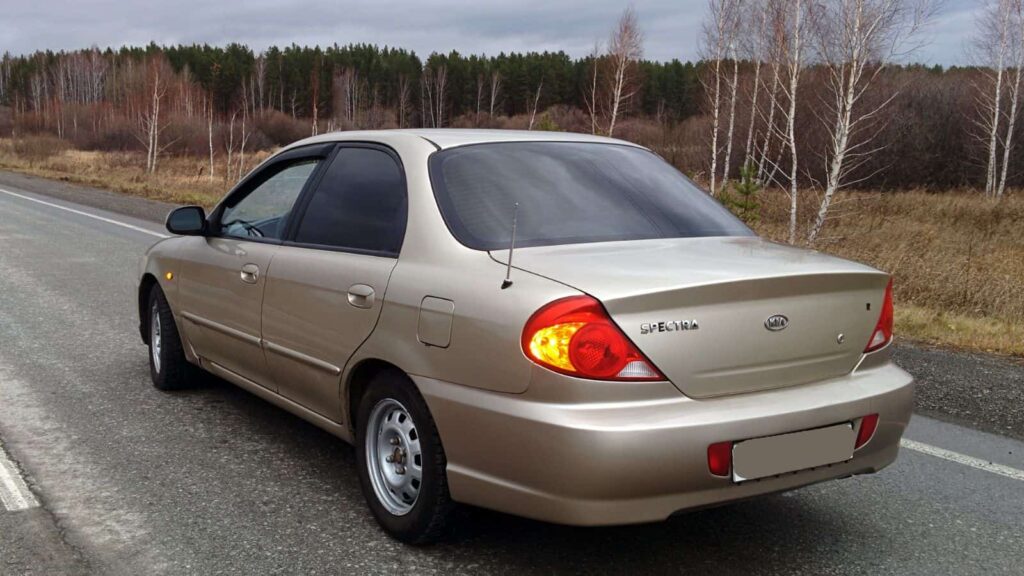
Vehicle History calls the car mediocre and gives it only 6/10 for safety and 7/10 overall, recommending alternative Kias that are far superior but cost the same. The Spectra is a budget sedan that, unfortunately, cuts corners in terms of quality. The engine was underpowered and noisy, while the cabin was spacious yet tacky and cheap, with low-grade materials.
Mitsubishi Lancer (2002–2007)
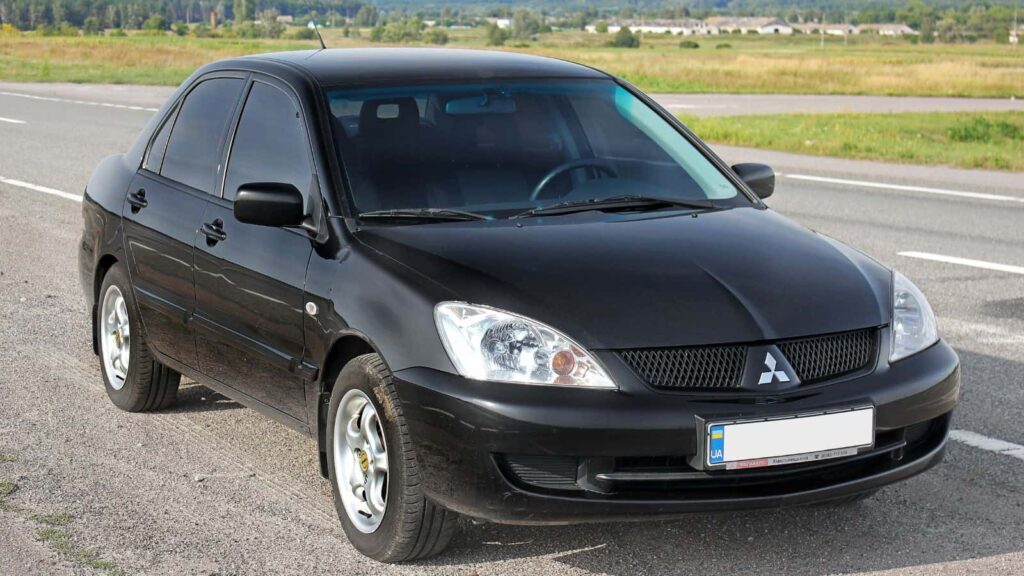
Later Lancer models were highly praised by car enthusiasts for their sporty performance, but the earlier editions offered a far more bland driving experience. The 4-cylinder engine was only just strong enough to carry the car along but didn’t make the drive exciting. The seats were overly soft, and the interior had a plethora of hard plastics, especially at the lowest, most affordable trim levels.
Chevrolet Aveo (2004–2011)

The Aveo was a subcompact car with a tiny engine that consistently struggled to provide adequate power. Its handling was damp and unresponsive, making drivers feel disconnected from the car. Very few equipment options made for a spartan cabin, while safety ratings were extremely worrisome—it only got a 2-star rating for frontal crash safety.
Renault Clio (1998–2012)
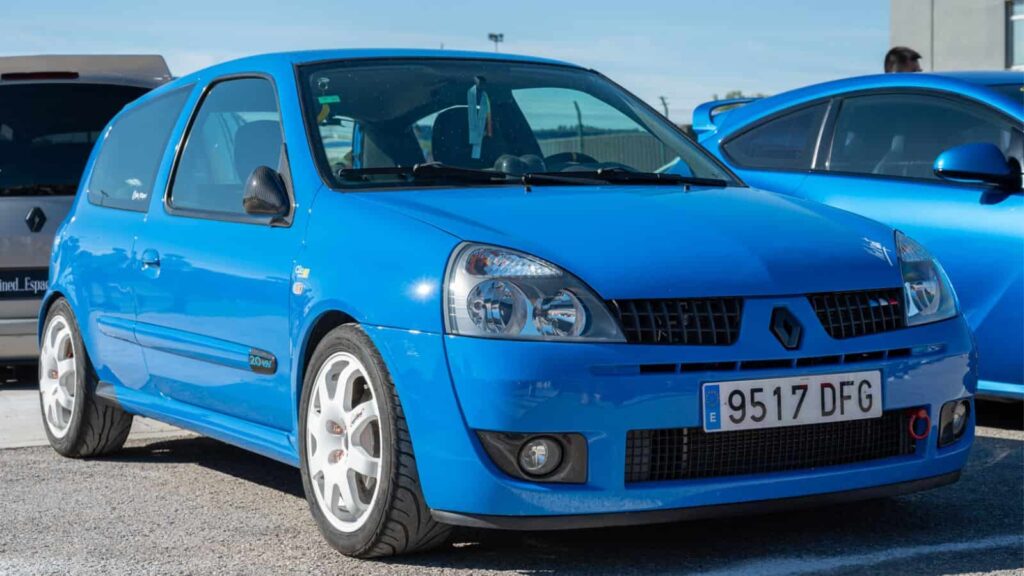
This small French hatchback seemed like a cheap and stylish European option, but those made from 1998 to 2012 often ended up needing costly repairs due to electrical faults and excessive rust, especially in wetter, seaside areas. The availability of parts in North America was also a huge problem, making any repairs cost more and take far longer than normal.
Up Next: 18 Reasons Why Men Get Grumpier As They Age

You might read this and be able to relate, or you may feel you’ve become grumpier the older you’ve gotten. Or maybe you know of a male friend or relative who has. Here are 18 reasons why men get grumpier as they age.
18 Reasons Why Men Get Grumpier As They Age
17 Products Millennials Refuse to Buy and It’s Affecting the Economy

Millennials have been the center of so much media attention due to their spending habits. Their unique ways of spending have built up and crushed many traditional industries. In this article, we look at 17 things millennials stopped buying and how that has impacted society.
17 Products Millennials Refuse to Buy and It’s Affecting the Economy
Where Even Truck Drivers Won’t Stop

Truck drivers tend to be hardy souls—well-seasoned travelers who aren’t often afraid to rest up or refuel in risky locations. However, there are certain U.S. locations that even the most road-weary trucker refuses to stop at for fear of criminal activity or natural dangers. Here are 17 such locations that even experienced truck drivers approach with trepidation (or not at all).

